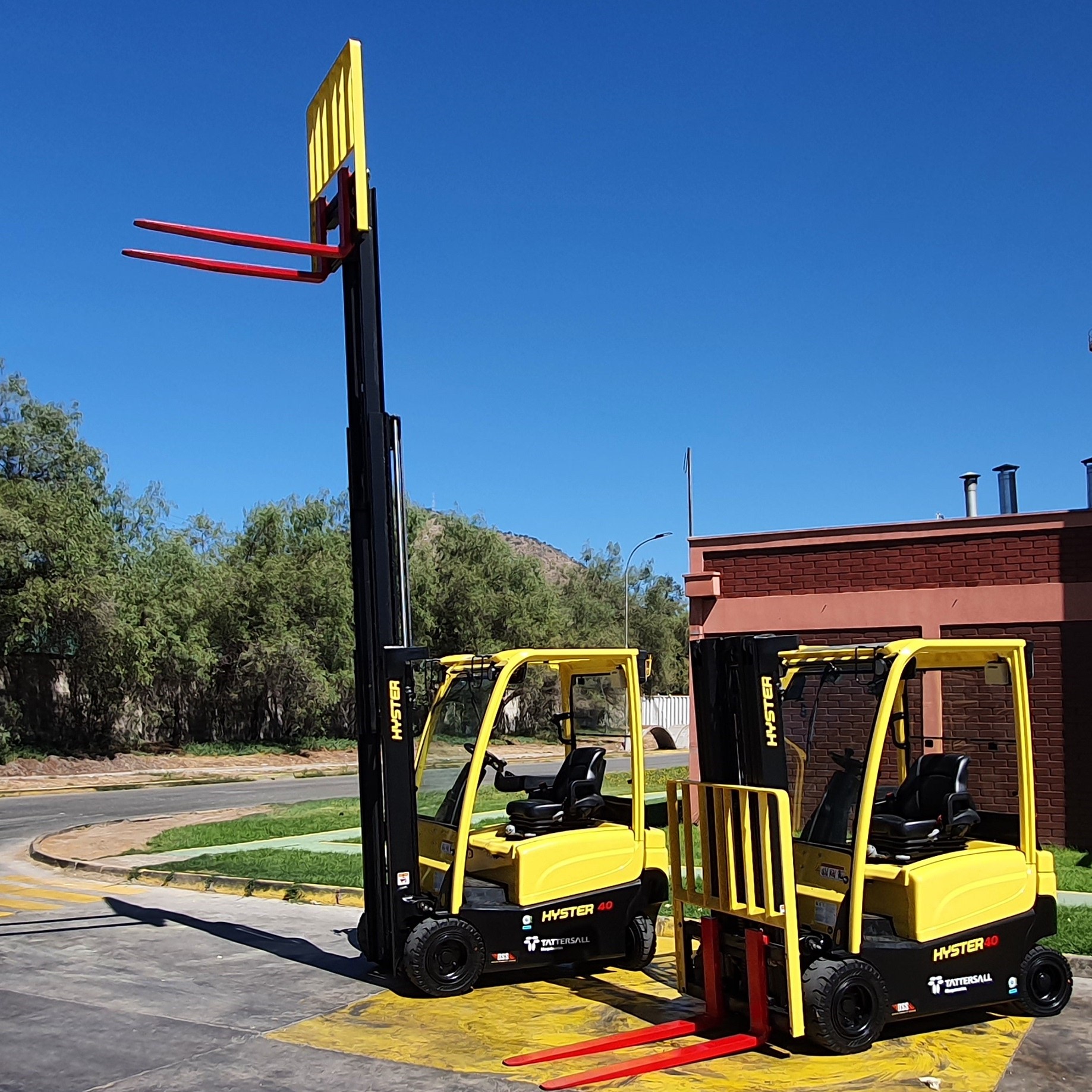OneCharge is spearheading the adoption of lithium forklift batteries in Latin America (LATAM). Max Khabur, Director of Marketing at OneCharge and a Chairman of the Advanced Energy Council, representing a group of companies, comments.
While the region’s unique challenges demand a high level of flexibility in both business strategies and product offerings, the main pillars of lithium batteries’ success remain the same across various industries: sustainability, superior performance, and a reduced total cost of ownership.
In LATAM, transitioning to green energy faces a few unique hurdles. One significant challenge is the region’s tax rules, which in some countries require a substantial portion of battery production and components to be sourced locally.
This emphasis on localization is linked to another issue: the rate of electrification. Only about 45% of forklifts are electric in LATAM, compared to 70% in the USA. This lower rate of electrification can be partly attributed to the high upfront costs of electric equipment. That is why many LATAM companies are jumping straight from diesel and propane forklifts to electric-powered lift trucks with lithium batteries, bypassing the lead-acid battery-powered models of the past, which did not offer a clear path to a 20–40% reduction of the total cost of ownership of the equipment.
The high cost of capital dictates tight calculations and results in longer sales cycles. In some cases, the need to carefully budget and plan extends the sales process for up to 2–3 years.
Pablo Pino, the Product Manager at Tattersall Maquinarias S.L., confirmed the importance of localization and providing locally available support and service: “Aftersales service of the equipment is really important. The key is to be able to solve any technical issues quickly.” Pino also highlighted the importance of the logistics industry for the region. Port facilities are a big business both in Chile and throughout Latin America. Switching their industrial equipment to lithium batteries is going to bring a tangible environmental benefit.
Starting its journey in Chile in July 2019, OneCharge partnered with Tattersall to equip five Hyster lift trucks with lithium batteries for one of the main Construction Materials companies in the country. As the customer pushed for sustainability, the switch to lithium batteries enabled the business to significantly slash its CO2 emissions.
Multinational giants like Cargill, The Clorox Company, and BAT are championing the shift to lithium batteries in LATAM, mirroring their best global practices (reducing emissions and maintenance costs, getting rid of charging areas). As these corporations operate mixed fleets of forklifts designed for both European and US markets, accommodating varied connectors, battery compartment sizes, and unique engineering designs is of paramount importance. OneCharge’s adaptability in meeting these diverse requirements has been a cornerstone of its success.
Recognizing the lengthy sales cycles in the region, OneCharge has invested in a strategic long-term vision for LATAM. In a significant move, the company set up a local assembly plant in Brazil. By shipping electronics from the US and assembling the batteries locally, OneCharge not only complies with tax norms but also boosts its brand’s recognition locally.
Furthermore, in response to the unique Brazilian market expectation that forklifts come with batteries already installed, OneCharge has collaborated with industry leaders Kion and Hyster-Yale Group, ensuring market demands are met seamlessly.
Results, Return on Investment, and Future Outlook
OneCharge’s focus on LATAM is evident in its expanding footprint. Today, its industrial batteries are available in Argentina, Brazil, Chile, Colombia, the Dominican Republic, Guatemala, and Mexico. The local assembly plant in Brazil stands as a testament to our commitment to the region. The company is perfectly positioned to support LATAM businesses in achieving their environmental goals, all while enhancing efficiency, cutting the total cost of ownership, and elevating performance.



